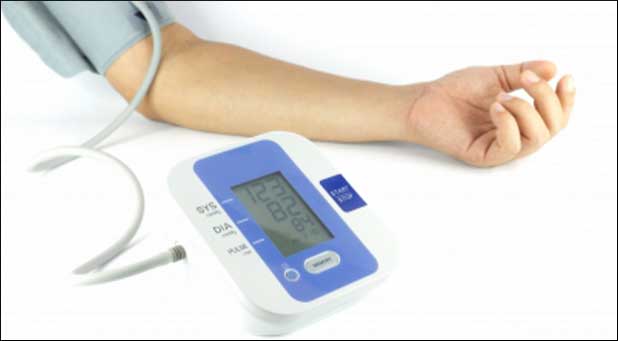Fewer older Americans would take blood pressure medications under new guidelines, but a top cardiologist is warning that people should stick to the previous standards for now.
“There is a body of evidence that shows the current guidelines work, so I think that people should stick with them until we have time to see if relaxing the guidelines are harmful,” says Chauncey Crandall, M.D., director of preventive services at the Palm Beach Cardiovascular Clinic.
One in three Americans, 67 million people, have high blood pressure, known also as hypertension, a condition that leads to stroke, heart failure, and heart disease.
The longstanding current blood pressure standards define a healthy or normal blood pressure as a systolic pressure (the upper number) of less than 120 and a diastolic pressure (the lower number) of under 80, which is expressed as 120/80 millileters of mercury. High blood pressure is defined as 140/90 or higher.
While the new guidelines continue to recommend a blood pressure reading of under 140/90 for people ages 30 to 59, they suggest putting people age 60 and older on drugs only if their blood pressure is at least 150/90.
The report says that research shows that reducing blood pressure below 150/90 in this age group reduces stroke, heart failure, and heart disease, but that there is no data proving that older people benefit from stricter blood pressure control.
Dr. Crandall, author of the No. 1 Amazon best-selling book The Simple Heart Cure: The 90-Day Program to Stop and Reverse Heart Disease, says he is not convinced.
“Hypertension is one of the greatest risk factors for heart disease,” says Dr. Crandall, who has faced heart disease himself. “My high blood pressure had gone untreated and was a little higher than the traditional guidelines stipulate, and I feel that this contributed to my heart problem.”
High blood pressure drugs can have problematic side effects in people over 75, he says. But blood pressure medication in this group should be customized, taking into account a patient’s general health, specific conditions, and life expectancy, he says.
“People in this age group can have more lethargy and a clouded mental capacity when their blood pressure is lower, so I relax it and try to drive it a little higher, while making sure their other risk factors are in order,” he adds.
“I wonder if these new recommendations were made with an eye to saving money on medication costs,” he says.
The new blood pressure guidelines come on the heels of other health recommendations advising less diagnostic testing and fewer medical procedures. They are being released as the federal government works to cut medical costs as the Obamacare healthcare system goes into effect, says Dr. Crandall.
“I think the new blood pressure numbers are confusing,” he says. “I think we should stick with what we know, and evaluate the people who are older individually.”
For the original article, visit newsmaxhealth.com.














































